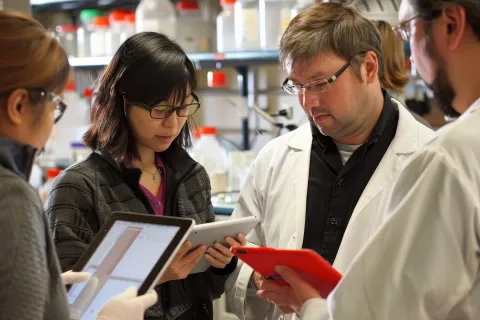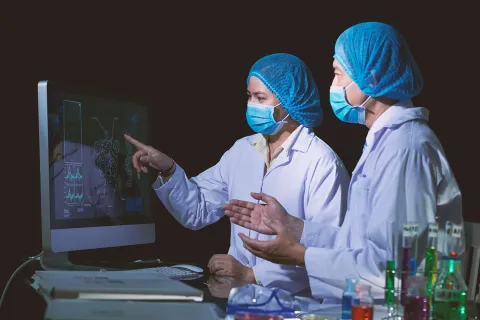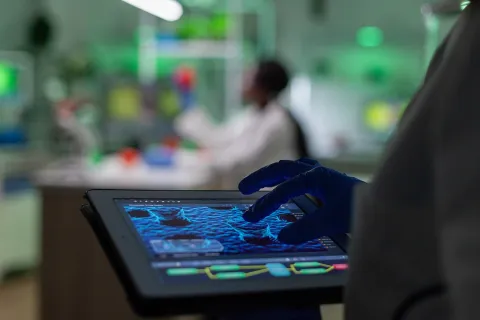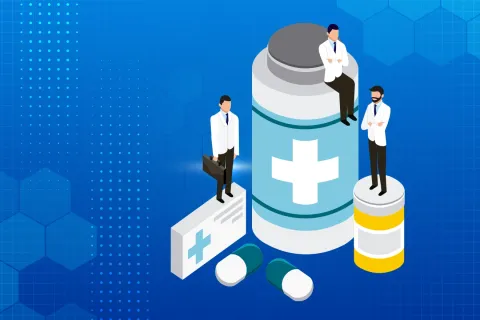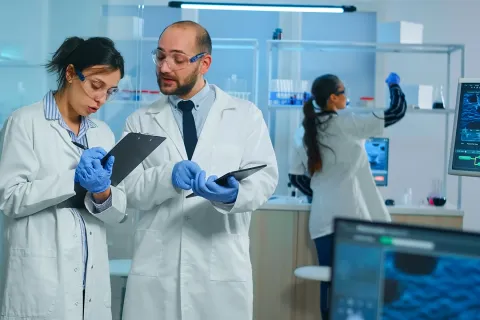The Medicines and Healthcare products Regulatory Agency’s (MHRA) Good Pharmacovigilance Practice (GPvP) inspections play a crucial role in ensuring the safety and efficacy of medicinal products in the UK. This blog explains the inspection metrics and findings from the recent reports, emphasizing key areas where Marketing Authorisation Holders (MAHs) can enhance their compliance and operational effectiveness.
Overview of MHRA GPvP Inspections
The MHRA has been conducting GPvP inspections since 2003, evaluating the compliance of MAHs with pharmacovigilance obligations. These inspections are vital for monitoring the safety of medicines and ensuring that MAHs effectively manage risks associated with their products throughout the product lifecycle.
Inspection Methodology
Inspections are categorized into four distinct arms:
- Routine Pharmacovigilance Activities
- Routine Risk Management and Safety Communications
- Additional Risk Minimisation Activities
- Non-Interventional Post-Authorisation Safety Studies (NI-PASS)
The selection of MAHs for inspection is based on a risk-based methodology that considers the critical pharmacovigilance processes outlined in Good Vigilance Practice (GVP) Module I and III. This approach ensures that inspections focus on areas of highest risk to patient safety, allowing for a more efficient allocation of resources.
Key Findings from Past Inspections
Inspection Metrics for 2022/2023
In the reporting period of 2022/2023, the MHRA conducted 17 pharmacovigilance inspections, a decrease from 32 in the previous year. Despite this reduction, the mean number of inspection days remained stable at around 9 days per inspection. The findings highlighted several critical areas of concern:
Critical Findings
Four critical findings were issued, primarily concerning:
- Signal Management
- Maintenance of Reference Safety Information (RSI)
- Additional Risk Minimisation Measures (aRMMs)
- Additional Risk Minimisation Activities
Quality Management System (QMS)
A robust QMS is essential within the pharmacovigilance system, as many major and minor findings were related to deficiencies in this area. Although the QMS is not directly inspected, its effectiveness significantly influences overall compliance.
Common Areas of Findings:
The most frequently cited areas for findings included:
- Risk Management
- Ongoing Safety Evaluation
- Quality Management System
Trends and Insights
Most critical findings stemmed from routine initial inspections, indicating a need for MAHs to strengthen their compliance frameworks before undergoing inspections. Notably, the number of ‘for cause – intelligence’ inspections increased, emphasizing the importance of proactive risk management and the need for MAHs to address potential issues before they escalate into critical findings.
Recommendations for MAHs
To improve compliance and reduce the likelihood of critical findings, MAHs should consider the following strategies:
- Enhance Pharmacovigilance Systems: Establish comprehensive pharmacovigilance systems that clearly define legal roles and responsibilities, ensuring that all safety monitoring activities are adequately documented and managed.
- Invest in Quality Management: Develop and maintain a robust Quality Management System that underpins all pharmacovigilance activities. Regular audits and updates to the QMS can help identify weaknesses before inspections occur.
- Training and Awareness: Provide ongoing training for staff involved in pharmacovigilance to ensure they are aware of the latest regulations and best practices. This can help mitigate risks associated with human error.
- Utilize Remote Compliance Assessments: Take advantage of the MHRA's pilot program for Remote Compliance Assessments to address significant findings from previous inspections without the need for a full re-inspection.
- Engage with Regulatory Updates: Stay informed about changes in regulations and guidelines from the MHRA and other Regulatory bodies to ensure continuous compliance.
Conclusion
The MHRA's GPvP inspections are essential for safeguarding public health by ensuring that MAHs adhere to pharmacovigilance regulations. By focusing on key metrics and findings from recent inspections, MAHs can identify areas for improvement and enhance their compliance posture. Continuous investment in pharmacovigilance systems, quality management, and staff training will not only help in passing inspections but also contribute to the overall safety and efficacy of medicinal products in the market.
By adopting a proactive approach to compliance, MAHs can better navigate the complexities of pharmacovigilance and ensure the safety of the products they offer to the public.

